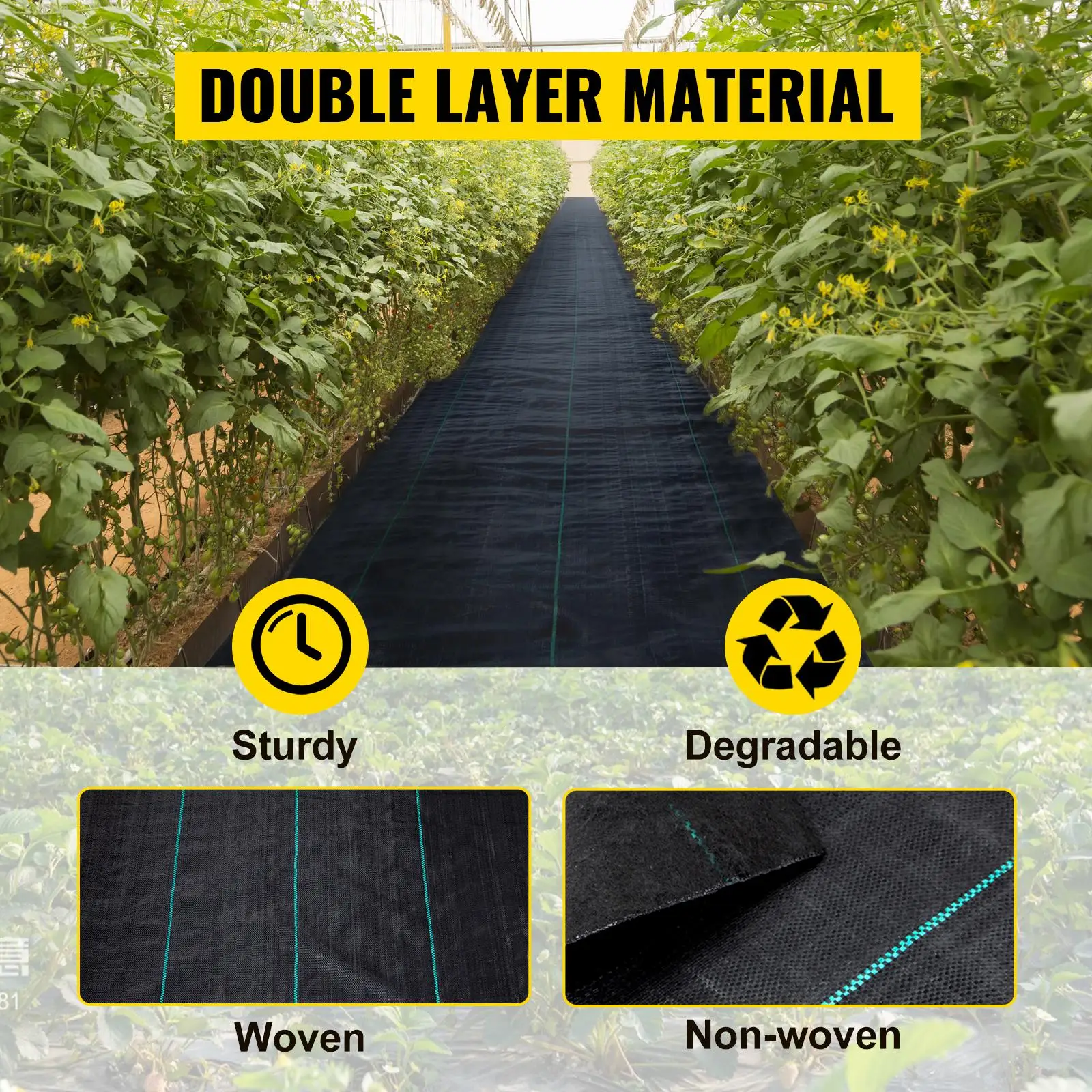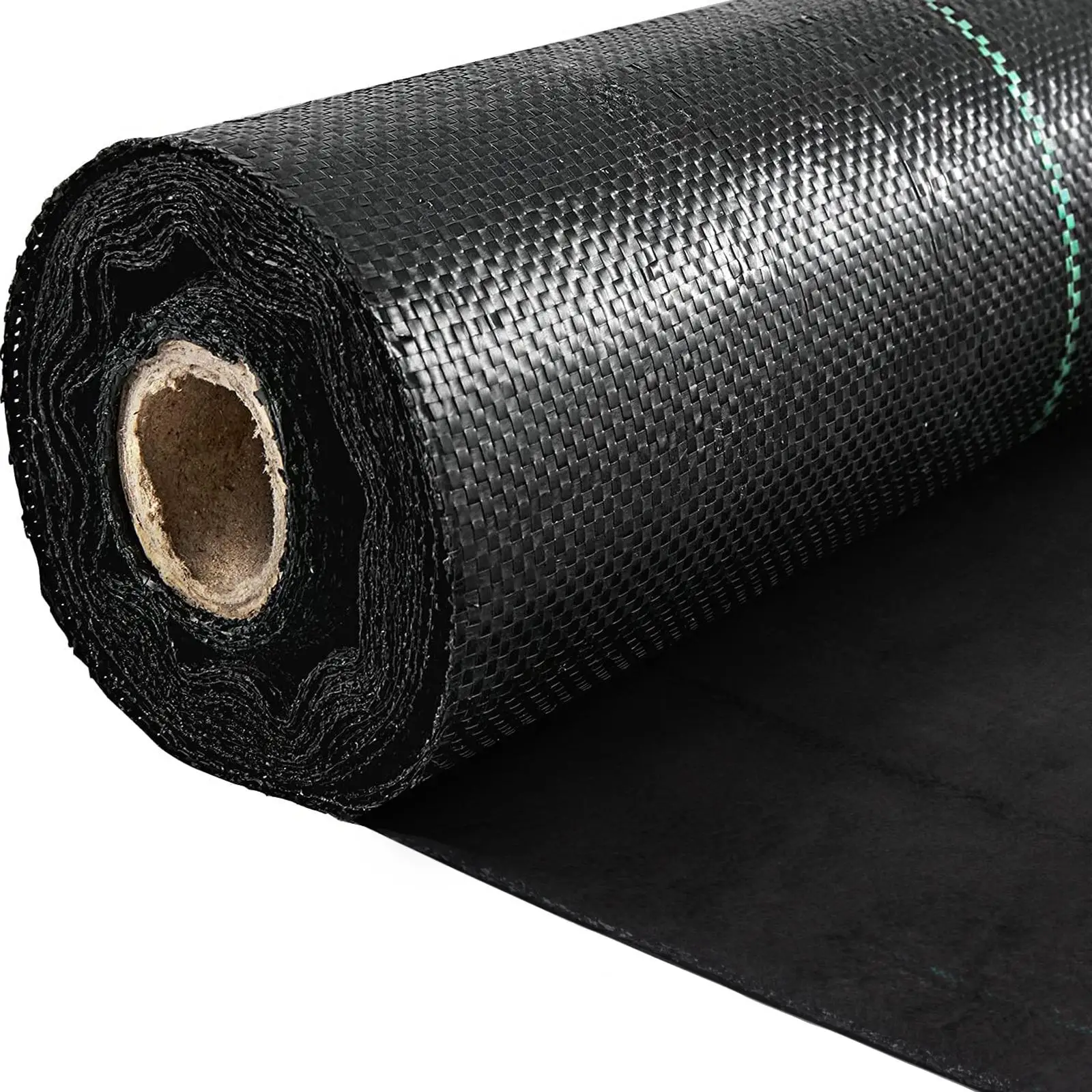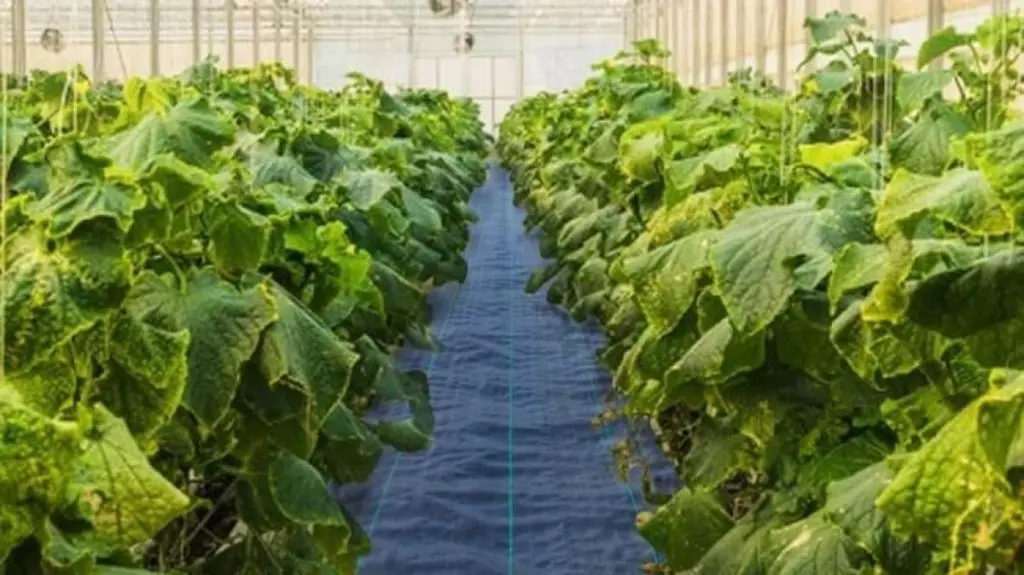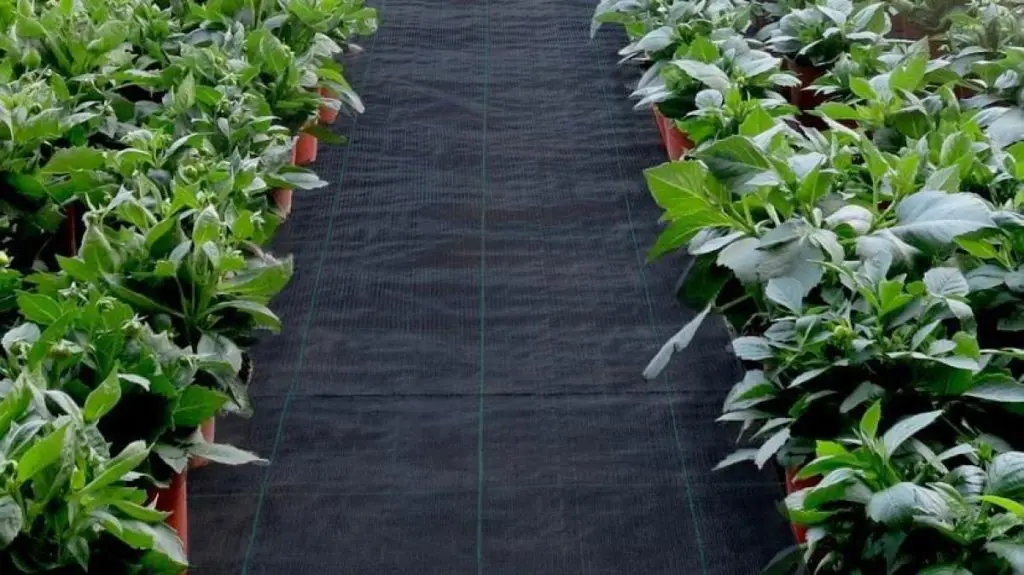Weeds are an unavoidable part of every landscape. They are constantly competing with your shrubs, trees and flowers for nutrients, which is why getting rid of them is crucial. Fortunately, landscape fabric can help you with your weed problems.
A landscape fabric serves as a physical barrier between the sun and the soil. It cuts off weeds from the sunlight and prevents them from sprouting. With it, your plants won’t have to compete for nutrients and can freely grow.
However, it can be a bit of an investment so it’s important to do some research first. This article will be listing the important things to consider when purchasing a landscape fabric, as well as a few recommended brands.
What To Consider When Choosing the Best Landscape Fabric
It’s not exactly a tough job to choose the best landscape fabric for weed control. However, your choice can depend on the size of the job, whether you plan on covering the fabric, foot traffic, and the intended use of the protected area.
Woven, Nonwoven, and Perforated
Out of the three listed, woven landscape fabric is the best and also the most common choice for weed barriers. It is best suited for areas around shrubs and trees and flower beds. The fabric has small holes that allow air, water and other nutrients to penetrate, However, the sturdier nonwoven fabric might be the best option for gravel gardens and pathways.
Although it still allows water movement, nonwoven fabric isn’t as porous as its perforated and woven counterparts so it’s not ideal for landscaped beds. On the other hand, highly permeable perforated landscape fabric is lightweight and suitable for areas with less foot traffic such as raised beds and vegetable gardens.

UV Resistance
Being exposed to the sun’s ultraviolet rays damages most surfaces, and landscape fabrics are no exception. This is why these barriers often require spreading a layer of gravel or mulch over the fabric in order to decrease its UV light exposure and slow the breakdown of the material.
There are many barriers that have the UV Resistance or UV Stabilized label on them. “Resistant” implies that the landscape fabric possesses qualities that make it less vulnerable to sunlight. Meanwhile, UV Stabilized fabrics have chemical coating on them that allow them to repel ultraviolet light. If it’s not safe for chemicals to be around the area you’re protecting such as around edible plantings, then it’s better to go for the UV Resistant option.
Lifespan
Everyone would prefer laying landscape fabric to be a one-and-done job. Unfortunately, that is not the case. It’s not exactly a difficult task to replace aged landscape fabric around an establish landscape but it is incredibly time-consuming and frustrating to repeat. The key to getting your money’s worth is to choose the right weed barrier for the right application.
There are some weed barriers that show an estimate of how long its expected lifespan is when placed in your landscape. A landscape fabric’s longevity depends on a number of factors such as temperature, exposure, application, and moisture in the area where it’s installed.
Thickness and Durability
Generally, thicker landscape fabrics are the most expensive ones. Thicker barriers are perfect in gravel areas such as pathways where the rocks can quickly wear away thinner fabrics. You should also consider tough weeds, since there are others such as thistle that can still grow if the barrier is weak.
Make sure not to place heavy fabrics around herbs, vegetables and annuals since their roots can lie close to the surface. Heavier fabrics will only end up crushing them. Thinner and perforated fabrics are typically more suited for these applications.

Size of Roll
Estimate the amount of landscape fabric you’ll be needing for your project so you don’t end up overbuying. Landscape fabric rolls usually come in widths of 3 feet or more and in 50 to 300 feet lengths. Study the area you plan to cover to determine the best width and length for the job. You also need to factor in the recommended 8-inch overlap between layers in areas that are wide enough that they would require multiple pieces of fabric.

List of 5 Best Woven Landscape Fabric
Here are a few of the best woven landscape fabrics you can find on the market today!
1. VEVOR Woven Weed Control Fabric

The VEVOR Woven Weed Control Fabric is the top pick for woven landscape fabrics because of its durability and high permeability. Measuring 300 ft long and 6.5 ft wide, this heavy duty weed barrier can fully cover 1950 sq. ft. area, securely protecting your flower beds and garden from weeds.
It also has excellent permeability, which means you no longer have to worry about water forming a puddle on top of the material. It also allows ample breathing room for the soil and enables it to retain humidity. The fabric’s dark color also has better shading performance and is not harmful to the environment. For convenience, it is recommended to DIY the size and shape of the cloth to better meet your unique needs.
This woven landscape fabric is ideal for agriculture, gardens, industrial uses like a greenhouse, flower bed, sidewalk, driveway, vegetable patch, artificial grass, gravel, stones, etc.
2. ECOgardener Professional Grade Landscape Fabric
This landscape fabric from ECOgardener has two layers made up of woven and non-woven material. It is eco-friendly in that it does not release any chemicals and can be used to replace pesticides. The fabric roll weighs about five pounds, making it light enough for carry but also heavy enough to act as protection for the garden. You also don’t have to worry about its cut edges fraying, as long as you fully cover them with mulch.
The fabric has also been needle punched, allowing optimal aeration and water flow. It also made from 100% Polypropylene, which means it won’t be degrading. The ECOgardener landscape fabric works great in both cold and hot weather. The fabric is also easy to cut and can last long.
3. Dewitt 12 Year Weed Barrier Landscape Fabric
Dewitt’s woven landscape fabric is impressively durable with a guaranteed 12-year lifespan before it needs to be replaced. Measuring 4 feet wide by 50 feet long, it is the perfect size for small garden beds. It has a thickness of 1.5 ounces per square yard which makes it ideal for areas with less traffic.
Although it has UV protective coating, the Dewitt landscape fabric still needs to be covered in a layer of mulch after installation to ensure it is protected from direct sun exposure. Unlike other fabrics that are easily unraveled, the Dewitt landscape fabric won’t fray when cut and has undergone hydrophilic treatment, allowing for maximum air, water and nutrient penetration. It also minimizes the amount of light that can penetrate it, suppressing weed growth.
4. GardenMate Woven Weed Control Fabric
Heavy duty is the defining characteristic of the GardenMate woven weed control fabric. Measuring 6 feet by 33 feet, this fabric is incredibly tough, thick and resistant to tear. In fact, several customers have commended it for its ability to hold up well under rocks when placed in ditches. It also has a layer of UV protection that allows it to be exposed to the sun without risking any damage.
However, it is similar to most woven landscape fabrics in that cutting it results into the edges fraying a little. Most gardeners compliment the fabric’s water drainage, although there are also some that complain about the water permeating slowly. All things considered, the GardenMate woven weed control fabric is an incredibly high-quality yet affordable solution.
5. Mutual WF200 Geotextile Fabric
Last but not least, the Mutual WF200 Geotextile Fabric is the product people typically want for the toughest and roughest jobs. This landscaping fabric is incredibly strong that it can handle the weight of heavy machinery without the fabric ripping or falling apart. It can also be used for retaining walls, driveways, and as a base for heavy rocks.
This stabilizing fabric is meant to serve as a barrier between the ground and the top layer of the area such as gravel. Although the main purpose of its design isn’t to stop weeds from growing, it can still be used to do so.
Expect to receive a large package when ordering this product. Depending on your chosen size, the weight of the product can be around 50 pounds. The fabric itself is made up of woven polyethylene which frays when cut, but only minimally.





